Herbert W. Franke & Casey Reas
An intergenerational conversation between two significant figures in computer art.
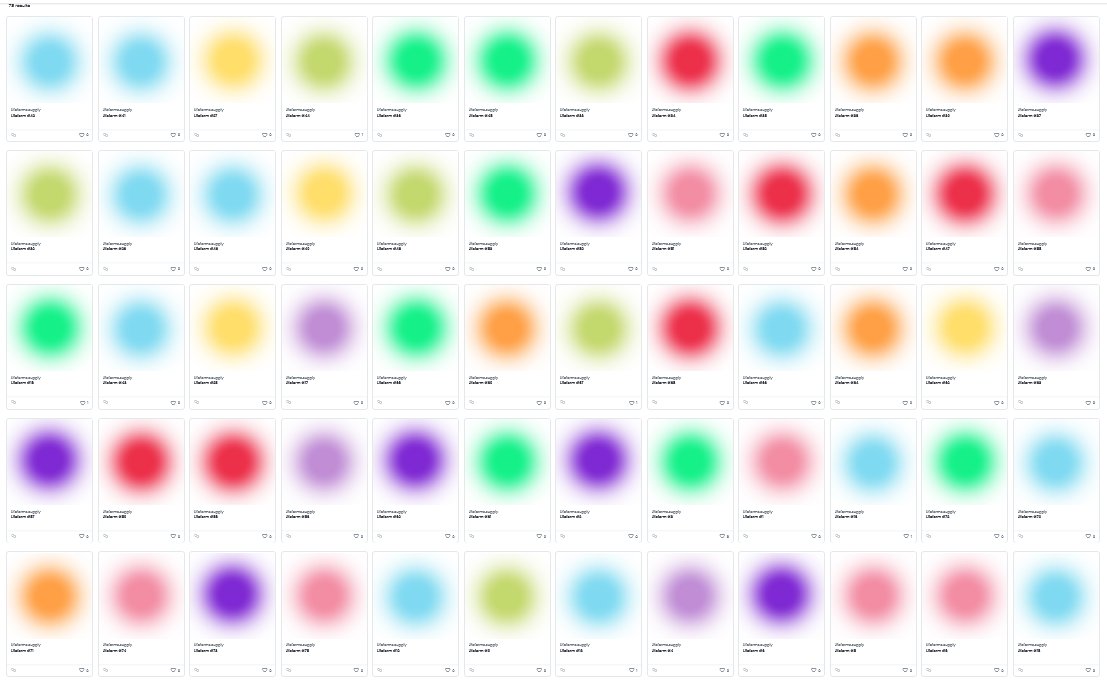
How do technological structures reflect human relationships of obligation and trust? Where do they fall short of representing these relationships, and how do these gaps effect the ways in which users think about their connections to others? Questions like these are central to the work of both Lauren Lee McCarthy and Sarah Friend. McCarthy is best known for creating apps and other participatory works that subtly satirize surveillance capitalism, highlighting the forms of agency that users hand over to big tech and what they hope to get in return. Friend works with game systems and models of distribution. In their art, as well as in their work as software engineers, Friend and McCarthy are attuned to the rules that technological systems impose, and the possibilities for changing or breaking those rules. The two met to discuss their recent artworks on the blockchain, which explore how the transactional exchange of NFTs can be an element of more complex and emotional relationships.
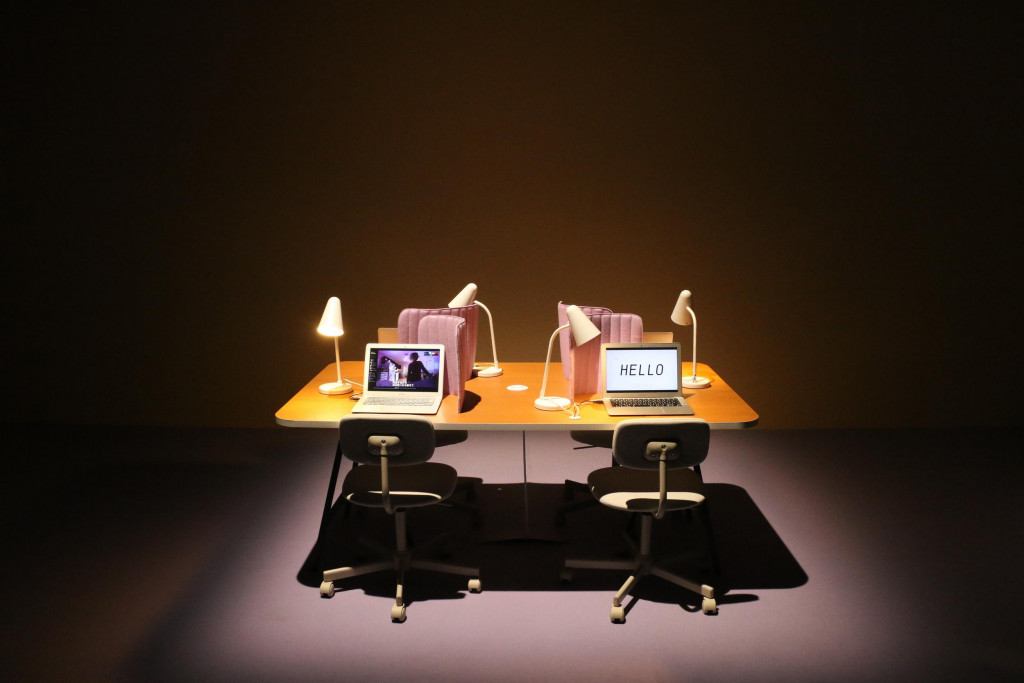
SARAH FRIEND We were recently in an exhibition together in Calgary called “Contingent Systems” which is a title that I loved because Off, the piece I had in it, is a contingent system that changes based on the behavior of the audience. And I think the phrase speaks to your work, too. I wondered if you could tell me about your piece in the show, and how your work is co-created with an audience.
LAUREN LEE MCCARTHY It’s called Someone and it’s based on a series of works in which I replace an AI home assistant like Alexa with a human. For this version I installed human smart home systems in four homes around the country. When you go into the gallery, you see four laptops and you can peek into the homes and interact with people living there.
You and I both make works that depend on participation. I’m curious how you think about setting boundaries. How does someone enter the work? What considerations do you have for the person participating? What does it mean for them to become part of it?
FRIEND Off is a game. The interactions of the participants are quite simple on some level. When someone buys an NFT from Off, they receive an email with an image that has data hidden in it. If two-thirds of the participants work together, they can reveal a secret text. So they can choose to share or not to share, which I think about like the prisoner’s dilemma: the choice to collaborate or defect.
But in practice they have a wide field in which to play and experiment. They can sell their NFT. They can strategize. They can debate with other collectors about when and if they should choose to share. So there’s a layer that is super simple and then a layer where they can create the game themselves and define where the gameplay begins and ends. The magic of co-creating a work with an audience is that I don’t know what they’re going to do. There’s always something that will surprise me, some way of interacting with a project that I didn’t foresee.
With Someone, are you privy to the interactions that are going on among the people who are being the home assistant and the people who have the home assistant?
MCCARTHY I could set up something where I’m recording everything that happens. But when I’m making work about privacy and agency, I don’t want to replicate the systems that we interact with daily that are not so transparent about what they’re collecting and what’s being done with it. With Someone it was important to me that people know who is going to see how they interact with the work. So the only person who can see the piece is the person who is sitting in front of the computer at that moment.
When I was installing the piece, putting stuff in every corner of people’s houses, I was just like: Who let me do this? It’s funny, and sometimes a bit scary. I’m trying to do the right thing and be considerate of people’s privacy. But I’m installing electronics in people’s homes and networks.
FRIEND I sometimes joke that being an artist is like being a UX designer without training. But it can also be like being a big tech surveillance company, beholden only to yourself.
Someone was preceded by a related piece called Lauren where you took the role of the home assistant yourself. When you were interacting with people via this work, what was the most surprising thing that emerged?
MCCARTHY One person said they were having a person over for a date. They asked me to manage the ambience and help it go well. That was a strange moment. But in all the performances I do, it’s not so much about one shocking moment as much as the small things that add up to a strange feeling. Everyone had such a different relationship to this piece. Some people treated me like a system. Other people treated me like a friend. But usually it fell somewhere in between. I was able to float between the two. Sometimes they’d feel like I was a friend in their home and they had to attend to me. But they were happy to let me be a system when that was helpful.
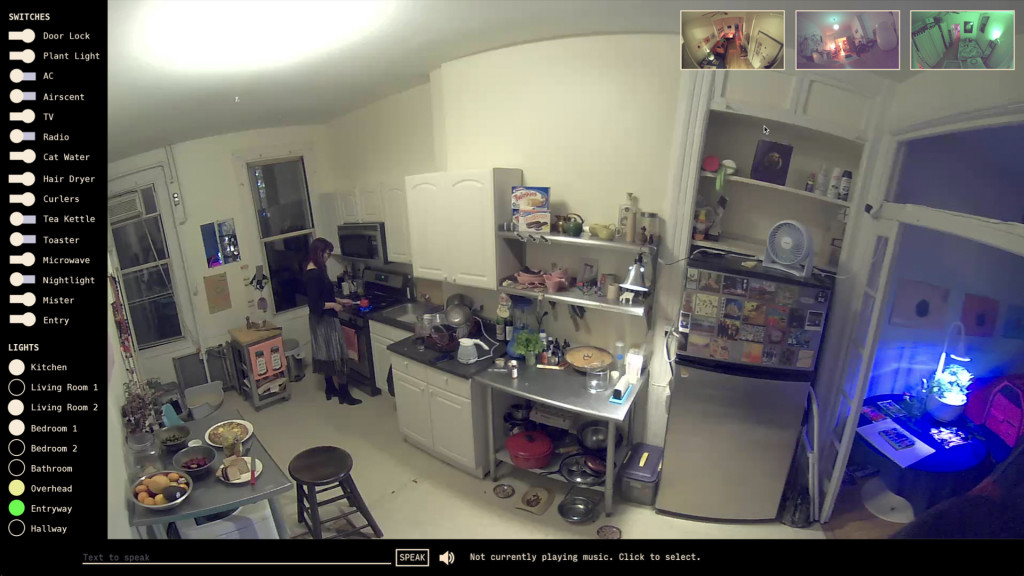
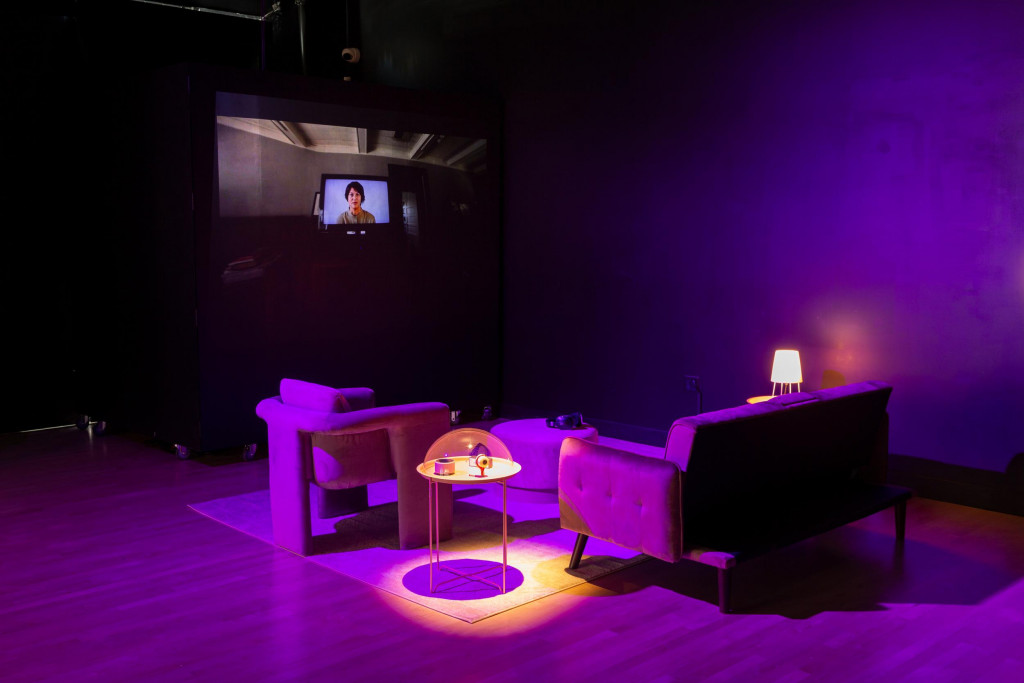
FRIEND When you collect Off you get a link to a group chat on Telegram. I’m like a quiet group chat god there. I had to create it and you can’t leave a group chat you’ve created. Sometimes I feel unsure about whether I should intervene by posting more in the group chat. What’s the ideal way to interact with people who are participating in a system I’ve made? Sometimes I feel like I’m their virtual assistant who answers their technical questions while trying not to sway their choices—though I wouldn’t have thought of that until you started to talk about being a system.
MCCARTHY I often think about what it means to involve other people in the work. How much agency do they have? I’m always thinking about control and power in the performances that I do. I want people to have agency to enter and exit the work on their own terms, like I’m not a puppet master moving people around. But at the end of the day, like you with the group chat, I’m the one who sets up the system and the parameters of the performance. I don’t think there’s any way around that. With Off, people are buying the right to enter. And with Someone there was a participant fee. So I wonder how money affects the balance of power and how people think about their role in the work.
FRIEND Something funny happened with Off that I did not expect. The collectors decided that the Telegram was too public and they didn’t trust each other. So they made a Discord where you had to share the image from your NFT, and they verified that the image was authentic before they let you in. The funny part is they have not let me into all the channels, so I can’t watch the way I can watch the other group chat.
The final form of Off will be an essay, and I’m going to interview participants about their experience of the game. The most interesting parts of it are happening behind the public website, and have to do with how the piece interacts with the market. What are blockchains? They’re peer-to-peer systems for having money. The sale is an inextricable part of the work in a blockchain context.
I’ve been extremely neurotic and I’ve built my own marketplaces so I have complete control over the experience of purchase. All the works are sold at a flat rate, and are quite affordable in the context of NFTs. Off is about the tensions between collaboration and individuality, or who we imagine the user is in a blockchain versus who they could be. So an auction, a competitive sales mechanism, would have been the wrong way to begin the work.
The second drop ended up being competitive because the project had so much more attention around it. But I think a lot about how to have the right sales dynamic for the work. I want the work to show an awareness about its adjacency to the market. A collector’s feelings about the price interact with other incentives around solving the puzzle. So I feel like I have tried to make the market part of the work instead of trying to keep it outside the game’s magic circle. My other blockchain project, Lifeforms, has less tension with the market because the supply is uncapped.
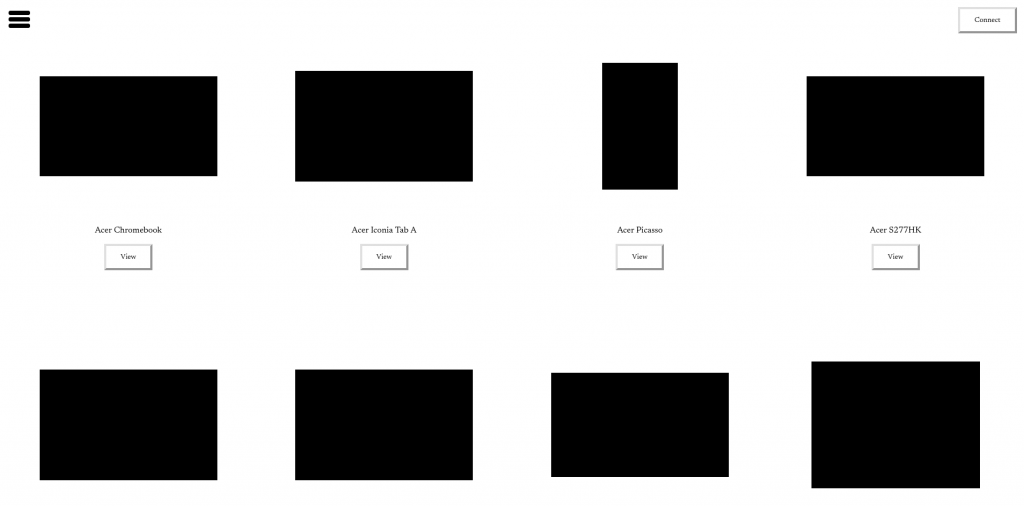
MCCARTHY It plays with collecting and ownership in a different way, though. Can you say more about the project?
FRIEND Lifeforms are blockchain-based entities that need to be cared for or they will die. You care for one by giving it away within ninety days of receiving it. So it inverts the NFT logic of holding onto something until it’s valuable. In terms of sales mechanisms, it goes even further from competitive market dynamics than Off. That said, today I saw someone trying to sell a Lifeform for 10 ETH. No one said this market is rational.
You’ve done a few NFT projects that intervene in the speculative market. How do you take that into your practice?
MCCARTHY The first project is called What do you want me to say? Upon visiting the work, you are asked by a digital clone of my voice, “What do you want me to say?” However you reply, my voice responds by speaking your own words back to you. Then it asks again, “What do you want me to say?” For me, it’s about questions of ownership and authenticity.
In another project, Appreciate You, I appreciated one hundred people over ten hours on Zoom on December 31. The performance, distributed via NFTs, continues as token holders may transfer their ownership of the work by appreciating the next owner. So in this way, a social contract is embedded within blockchain contract.
And the last one is called Good Night. It’s a single NFT. Every night before I go to sleep, I text the owner good night. I do this as long as they’re holding the NFT. And the performance lasts as long as I’m alive. At the beginning I wondered: Should this be an auction or should I sell it? I ended up just giving it to someone. They’ve been holding for about four months now. They can do what they want with it: sell, gift, auction, swap.
FRIEND Is it a reference to the crypto “good morning”?
MCCARTHY It’s part of a series of performances I made in response to what I’ve been feeling during the pandemic. There are five or six of them now. Good Night responds to my feelings about mortality. I would tell people about an idea I had for a performance of texting someone good night every night and they’d say, that’s so extreme, you’ll have to do that for so long. And I said, well, no, I could be done next week. So I was challenging that idea that we’re all going to live for a long time. The second part of it was just thinking about this digitally mediated presence. Is two words in a text message enough to feel a person there? The project went live early in September. Then I started seeing everyone tweeting “GM,” and I saw a thread explaining the slang of NFT Twitter.
I was really interested in how you have to give away Lifeforms. The act of giving is something I was thinking about with Good Night. I was interested in making a performance that could pass from person to person, that lasts as long as the recipient wants it to. The relationship to time is really interesting with NFTs and blockchain. Often there’s this assumption that you’re going to hold a work for a long time, or the chain will last forever. I think both our works push against that.
FRIEND It’s so interesting that you chose to give away Good Night. The fact that you chose not to engage with the market speaks to the theme of care. The first distribution was not an anonymous act, or at least I’m assuming that you know the recipient. I think there’s a real parallel between Lifeforms and Good Night. Though if we’re talking about digitally mediated presence, I suppose you could write a bot to send these texts and the person wouldn’t know.
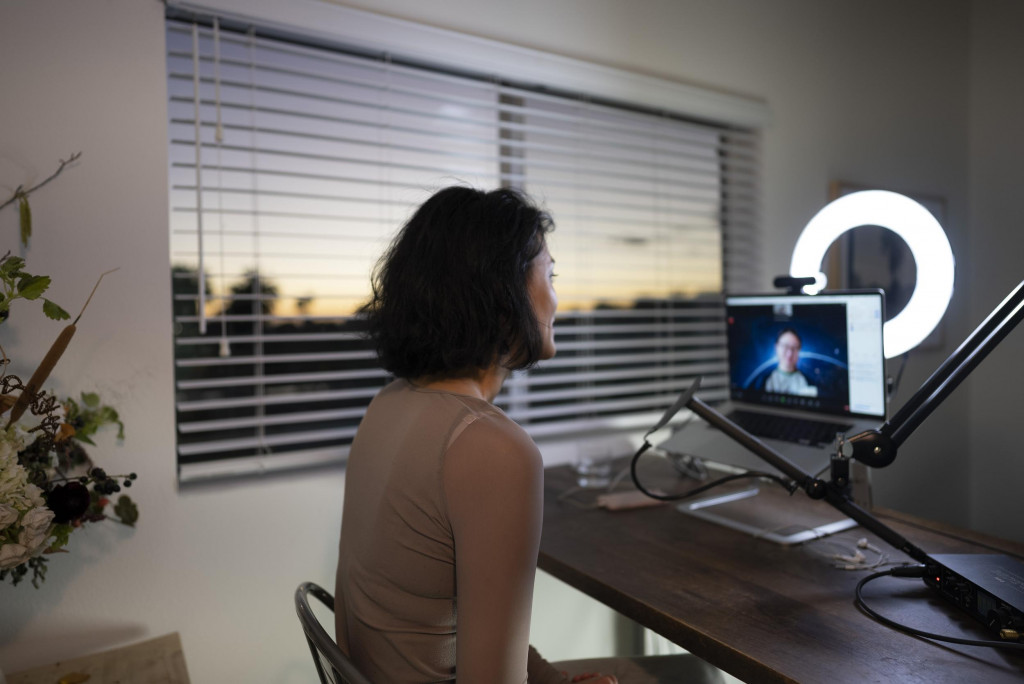
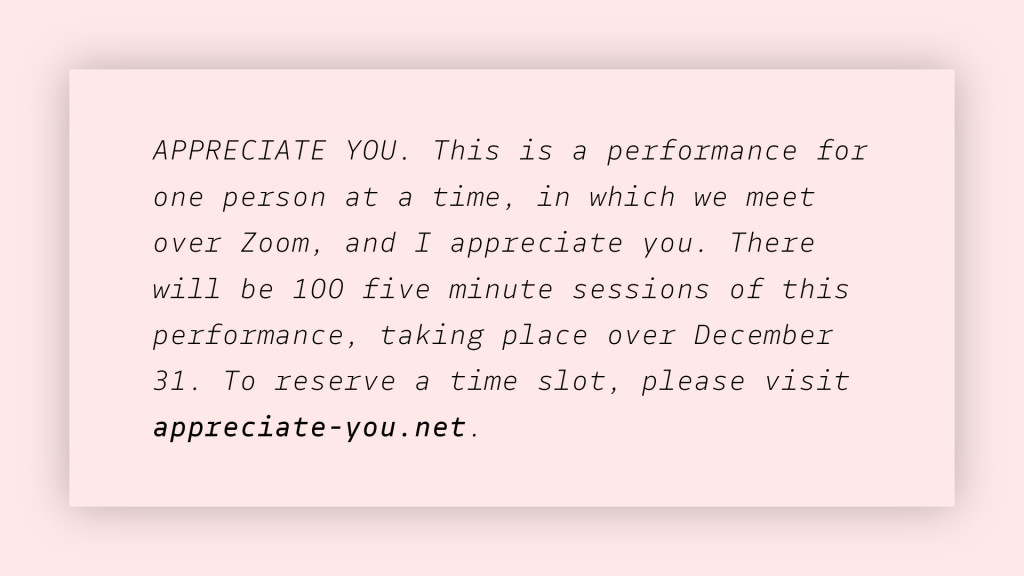
MCCARTHY I was thinking about that! If I did, it wouldn’t be about tricking someone. It would be coming from a place of feeling like the bot is me. But then I’d have to figure out what the kill switch is. I was talking to my partner about this. I asked: “What if I made a bot and when you find out that I’m dead the first thing you need to do is turn off the server? Is that something you can handle?” I haven’t done that yet. But it’s funny that you get this.
FRIEND One of the other questions I wanted to ask you about the work—and this is a little dark, don’t take it the wrong way—is how your death might affect its value.
MCCARTHY I’m less interested in value than the idea of leaving little jokes for people after I’m gone. I’m really fascinated by secret projects that artists never showed in their lifetime, that were meant to be found after they died. I just really love long-running jokes, where the punchline comes ten years after the setup. There’s so much care in that.
FRIEND This makes me think about how it felt to write the Off text, which is something that I’ve hidden and may never be revealed. I found it an emotionally interesting experience to put so much energy into creating something and then not sharing it with anybody, and having no idea if it will be revealed. I asked you how Good Night might be affected by your death—this is actually a question I got from a crypto collector who wanted to know if I had a contingency plan for who will maintain my blockchain works if I die. Before then I’d never thought about it.
MCCARTHY Are you thinking about it now?
FRIEND No. I probably should, but I don’t want to flatter myself by imagining my work is so important that someone else will need to administer it.
What do you think is a good end of life for a performative artwork like Good Night? The Lifeforms have to be maintained or else they die, but there’s no good end for a Lifeform right now. I suppose someone could have a funeral for their token if they’ve decided not to maintain it. But is there an ending to the game where a Lifeform lasts ten years and then goes to NFT heaven? Should I create a good end for the story? Or should I leave it open and ambiguous, and let the owner or caretaker make something up?
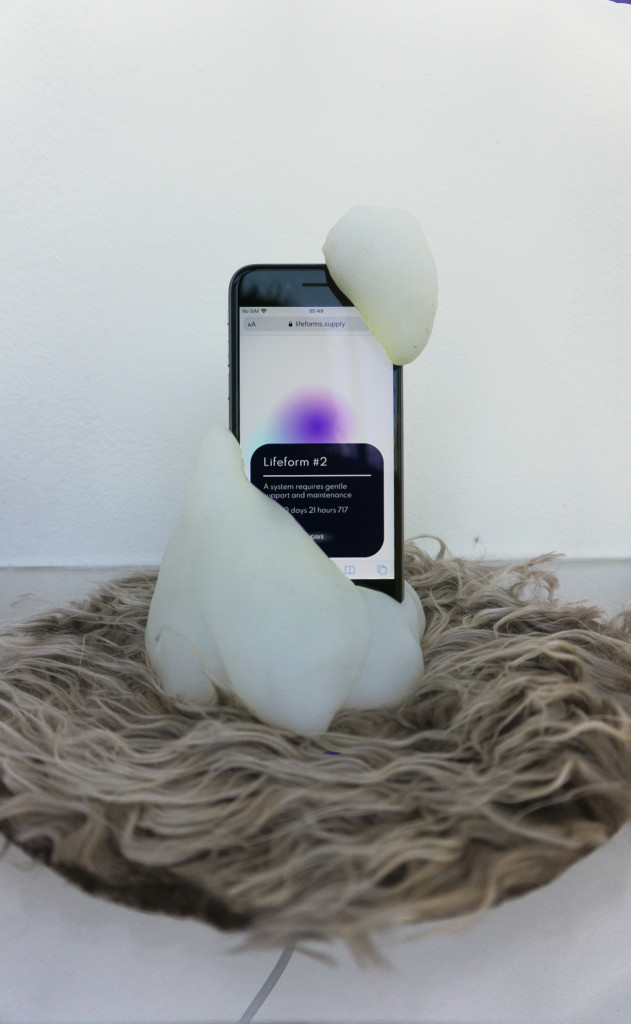

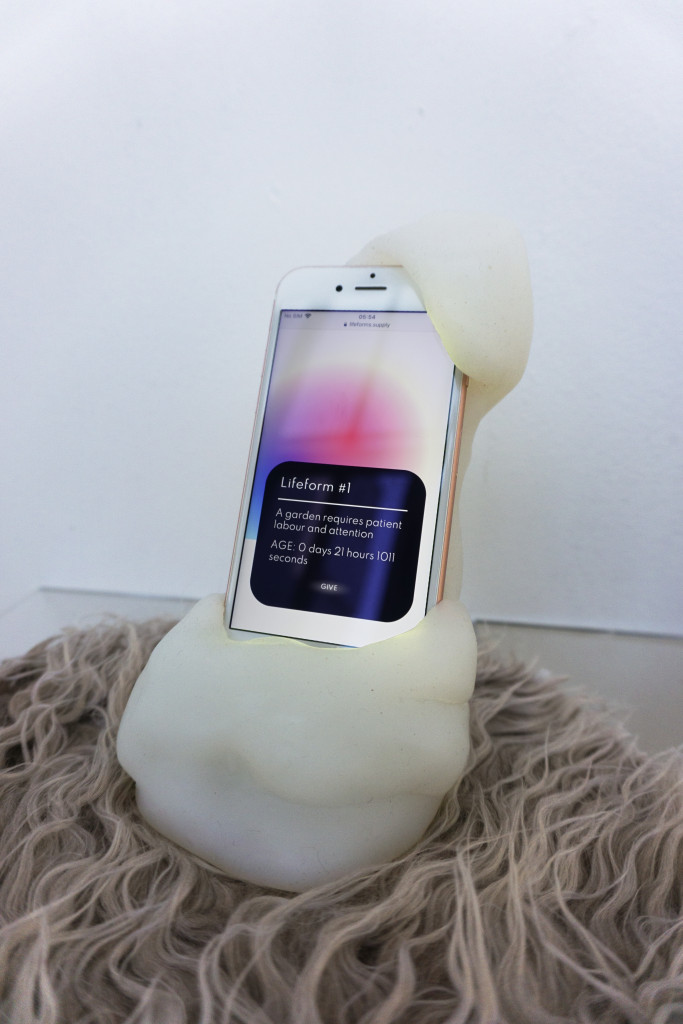
MCCARTHY I think that the excitement for me in making participatory or performative works is that they are open and you don’t know how they’re going to end. That’s different from something like a painting or a film. Of course fixed works are open in the sense that people can interpret them how they like, but the artist has to determine the form of the experience to some extent. My approach has always been to try to be as intuitive as possible about it. And that’s what I’m saying with Good Night. If it feels at some point that I’m a bot, then the bot can start saying good night. But that’s not how I feel right now.
And with Lifeforms, maybe the answer to your question will become clear when there’s a need for one. It made me think about this classic work by Lynn Hershman Leeson called Roberta Breitmore, where she created an alter ego for herself, with passports and clothing and behaviors and everything. It went on for five years, until she held an exorcism to remove this identity from herself. And I feel pretty certain that there wasn’t a five-year plan from the start.
FRIEND With Good Night, can you imagine yourself passing the role as sender of texts to someone else?
MCCARTHY I haven’t thought about that. But like I said, it’s all possible. My works always feel really personal, so it’s hard for me to imagine other people doing them. But like with Lauren and Someone, I’ve done performances that felt very personal and then created versions where other people perform them.
When I’m conceiving a piece, my first test is whether it makes me laugh. My second is whether it still makes me laugh the next morning. There are a lot of jokes in the work that nobody but me will ever get and that’s OK. But I am trying to make experiences that are for other people, not just for me. I’m always thinking about where the pleasure is. If you’re inviting someone into a work, there has to be some pleasure for them. It’s harder to get people to participate if it’s not clear where the pleasure is.
I think the reason I make participatory works is so I can have that control taken away. It’s complicated, of course, by the fact that I’m holding the control as the artist, even if I’ve set up a system where I give it up. I often think about my work as trying to bootstrap myself out of myself. I’m allowing people to control me, or I’m letting them guide me.
FRIEND I’m currently planning a feature for Lifeforms in response to audience behavior. People started naming them and posting their names. And I decided to make that an update in the next few months. So there’s that kind of interaction with participants as co-creators. In some ways it’s like I’m the gamemaster in a tabletop role-playing game.
I sometimes joke that I’m the dictator of my artworks. But this is a tension embodied within the blockchain world as well—between who has control over a protocol and the urge toward decentralization. That’s like my discomfort around my own authority within these systems that are my works—there’s something parallel between that and the tension of trust and trustless systems, of privacy and being in public. Can we have trust in a system built on trustlessness?
MCCARTHY I think there is something really interesting about blockchain acting as social contract. That’s something that I’m constantly thinking about. How do the rules of smart contracts get made? What do they reinforce? I’m always thinking about the contracts of our everyday social interactions. A lot of these are implicit and this creates a power imbalance because some people are more privy to that knowledge than others. But on blockchains the terms of the contracts are very explicit.
Another thing I think about often—and we’ve seen this a lot during the pandemic—is how interactions become mediated by a technology before we have time to consider what we want to use. We’re just on Zoom now, for example. The technology trains us how to interact with it and by extension trains us how to interact with other people. In my work I’m often thinking about the metaphors and behaviors that we’re learning from technology, and how I can be intentional in my use of them.
I’m trying to push toward something that kind of glitches or crashes when that borrowing happens. As a software developer as well as an artist, I’m often pulling metaphors or tools or paradigms from one to the other and seeing what emerges. And it seems like that’s something that’s common between our practices.
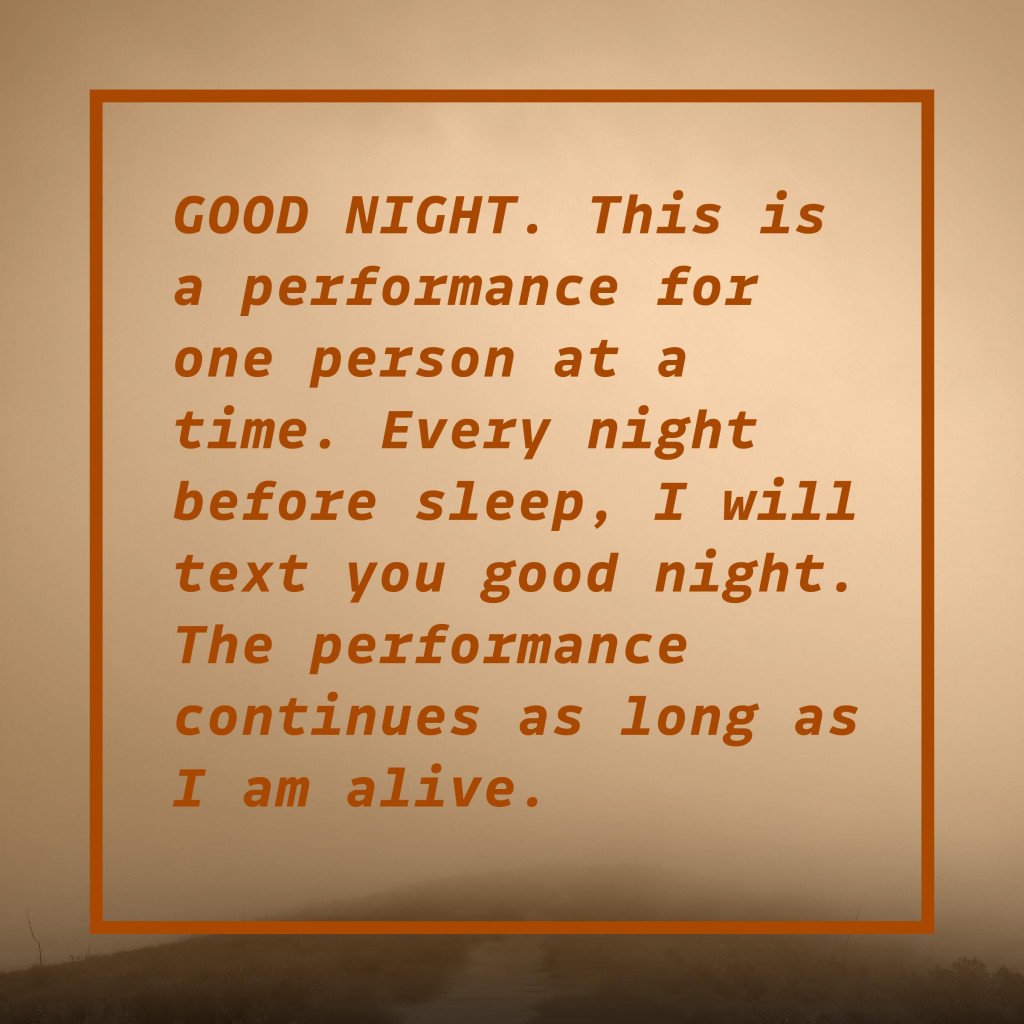
FRIEND I definitely think about this recursive loop between technology and the humans who create it and then the technology that is creating humans. Off and Lifeforms are NFTs, but I think they’re also NFTs about NFTs in a way. I’m making blockchain systems that aren’t fully legible to the world of blockchain marketplaces—I’d say that’s the common thread between the two projects.
MCCARTHY With the social contracts that we’re a part of, or with the technologies that we interact with, we often feel like rules are being imposed. And I would argue that at any point, we should feel the agency to play those with those rules.
FRIEND That’s really beautiful. You always struggle to describe what on earth you do as an artist. Lately I’ve been seeing that I create systems of rules.
MCCARTHY I feel like we’re both working with rules. Rules are about trying to feel a sense of control over our situation when actually we have none. We’re human and no set of protocols is going to cover every case.
FRIEND I like to think of myself as a game master, a collaborator with players. If they want to change something about the system, I will work with them to articulate it into the next step. Really fertile things can come from what is unplanned in gameplay. In the best games there’s space for something undefined to arise and change the system. I hope my works allow that.
MCCARTHY What is your responsibility as a creator of a system or technology? There’s a way in which we want to think the system is open to what the users want to do with it. But dynamics of power and privilege are built into any technology. I always feel a tension between how much I let it be open and what my responsibilities are, or when it’s fair for me to impose a set of values that I want to see in a tool or system. How do you do that with a group of people that all have different values and ideas? What do you do if there are overarching systems of power that privilege some and not others, and that determines which voices have more control? That’s a larger conversation, but it’s something I think about a lot as a software developer and in my artwork.
FRIEND It’s the control versus vulnerability dynamic. What you’re saying is a very real question for the development of tools and protocols and things that are structural, like blockchains or alternative currencies. But as an artist, I don’t feel the same type of anxiety as I do in other spaces. And if the community of people who were interacting with Lifeforms wanted a feature that I couldn’t get behind adding, I wouldn’t add it. I don’t have the same attitude when it comes to how technology is built in general, though. The question of technology’s imposed values is a very real problem, and the solutions are complicated. What are the protocols for building software that don’t result in uncomfortable power dynamics? I’m still a student of those.
—Moderated by Brian Droitcour
